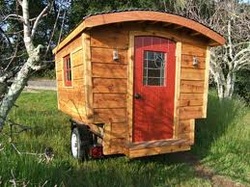 So there I was, sitting on my co-counselor Julie’s bed, saying “I wish I could just live in a pretty painted wagon, like the Roma people.” I’d fled from my moldy apartment to what turned out to be a chemically toxic cottage, and was making way through the spare beds and offices of my friends, looking for a safe place to live. That offhand wish has grown wings and changed the shape of my life. My residence is about to become a lot smaller, and my life a lot bigger. That afternoon, just out of curiosity, I went online to look at traditional Roma wagons, called, I now know, vardos, and ended up, through the magic of the internet, at the The Tumbleweed Tiny Houses site. Perfect miniature houses with tiny porches and ship-shape interiors, built, of course, with pine wood and plywood, which weren’t going to work for me, but breathtaking in their compact beauty. And they cost a fraction of what a “regular” house would cost. I could have a home I owned for what would be a modest down payment in the Bay Area. Chemical Safety: Leslie Lawrence 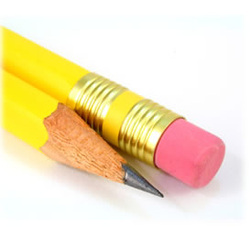 So I ordered The Small House Book and pored over plans, signed up for an hour’s consult with the Tumbleweed founder, Jay Shafer, and in due course found my way to Leslie Lawrence. Leslie also suffers from Multiple Chemical Injuries, and like me, saw in these tiny houses, a safe alternative to conventional housing. To say that she des consulting on how to build chemically safe, small houses doesn’t really convey the breadth of what happens in a conversation with her. We meet through Skype, as if in a badly lit café, with Star Trek-like phase shifts blurring audio and freezing and unfreezing our movements. Our talk ranges from exploring the nature of comfort, of sorting essential from inessential, to the complexities of trade offs between the various options for walls. Non-toxic insulation can be a challenge. I can use regular foam board if my walls are airtight. Metal sheeting is one option. So is chicken wire and stucco, if I’m going to be stationary enough. But for travel, the stuff would vibrate right off the walls. n the other hand, metal walls could mean EMF hell, with the electrical and magnetic fields generated by my equipment bouncing around in a steel box. I need to check with an expert. She has hundreds of bits of information at her fingertips. The latest low-EMF radiant heat floor. The super-efficient washing machine and the fridge that’s 24” by 24” and also super-efficient. For every problem I raise, she has a half dozen possible solutions. Breathless with excitement, I purchase graph paper, pencils, and erasers which she assures me I’ll use the most often. By the time I go to Tumbleweed’s day long design workshop, I have La Casita 2.2 drawn to scale and ready to be pulled to pieces. The Tumbleweed crew aren’t dealing with chemical issues. This is about basic design: the kinds of flatbed trailers, the allowable dimensions, minimum and maximum heights, beauty and proportion, placement of windows, and the various ways to reconfigure the space. On of the workshop leaders tells me my floor plan is the best anyone’s ever brought to a workshop. I’ve been poring over it, drawing and redrawing and as Leslie predicted, wearing out erasers.  Feng Shui: Karen Rauch Carter I stumbled onto this ancient Chinese practice while bedridden in a small apartment, and it became my most expansive artistic and magical practice. I think in metaphor and symbol, and feng shui is all about the manipulation of energy through symbols, colors, the metaphoric balancing of elements. I think of it as acupuncture for my house. In spite of the fact that no MRI has ever revealed a meridian, acupuncture is a scientific and highly effective medical practice. It changes the movement of energy in a human body. Feng shui operates not on biological energies, but on the flow of chi through a space. Just as tapping here and soothing there, redirects the rivers within, where one puts the bed, and what color is in the hallway change the energy of houses. Beyond that, there’s my love of ritual, and my witchy childhood in the wilds of the Cordillera Central. Yes, people. I believe in spells. My favorite Feng Shui book is Karen Rauch Carter’s Move Your Stuff, Change Your Life, so that’s who I chose to spend the next bit of my consultant budget with. In the form of Feng Shui I work with, each space is divided into nine sections, oriented, not to the compass, but to the front door, which is a good thing, since my front door will be pointing every which way. I’ve decided to go with the metal walls and want her help balancing that. I’m forced to have kitchen and bathroom close together, a Feng Shui no no, and my bedroom, office and living room are all the same 8 x 16 room. I also want ideas about counteracting the sense of floating above the ground, insulated from earth by rubber tires and two feet of air. After an hour with Karen, I have all kinds of new refinements to add. My bed is now in an alcove, with shoji screens separating it from my desk when I’m working, and a softly padded ceiling (the bottom of a storage loft) to counteract the hardness of metal. Kitchen and bathroom have changed places, and Karen suggests that at the lower edge of the murals I plan to paint on the outside, I show the beginnings of roots that the mind’s eye will complete, crossing the gap of air under my floor. I’ve decided to make my house bigger than most of the tumbleweed ones, though I still don’t know if I can make truck & trailer fit into the 42 foot limit. La Casita 3.1 measures 26 feet long and will likely have to be trimmed. My bedroom-studio is separated by an airtight door from the kitchen and bathroom, to keep the moisture of cooking and bathing away from my sleeping space. If I can afford the weight I plan to cover that floor with the traditional Caribbean cement tiles I grew up with, swirls of white on terra cotta. 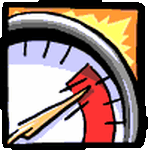 The last of my consults is with Michael Neuert, an electrical engineer and licensed contractor who specializes in the testing and reduction of electromagnetic fields. Largely ignored in the U.S., in Europe, electromagnetic exposure is taken quite seriously. Magnetic, electrical and radio frequencies can have serious health effects, ranging from sleep disruption and headaches to brain tumors from gluing cell phones to our heads. They can provoke seizures, affect metabolism, and change the behavior of blood cells. To my great relief, Michael says metal walls will actual shield me from external EMFs, and we can place my electrical panel, my modem, my electric water heater, maybe even my computer tower, in secure, waterproof cabinets on my porch. With al my heaviest appliances already on a separate room, long as I don’t use a cell phone indoors, I should be able to live in a low EMF environment. But there are still choices to be made that depend on one question: will I be mostly parked in one place, moving only when I have to, or is this a travel vehicle? Stay tuned!
3 Comments
8/29/2012 07:03:58 pm
I read lots of blogs but honestly speaking i found your blog very interesting and informatics
Reply
Took me time to go through every one of the comments, but I truly enjoyed the article. It proved to get quite helpful to me and that i am certain to each of the commenters here! It is always great whenever you can not merely be informed, but also entertained! Cheers!
Reply
Took me time to go through every one of the comments, but I truly enjoyed the article. It proved to get quite helpful to me and that i am certain to each of the commenters here! It is always great whenever you can not merely be informed, but also entertained! Cheers!
Reply
Your comment will be posted after it is approved.
Leave a Reply. |
About Aurora
Aurora Levins Morales is a disabled and chronically ill, community supported writer, historian, artist and activist. It takes a village to keep her blogs coming. To become part of the village it takes, donate here. Never miss a post!
Click below to add this blog to your favorite RSS reader: Archives
September 2017
Categories
All
|
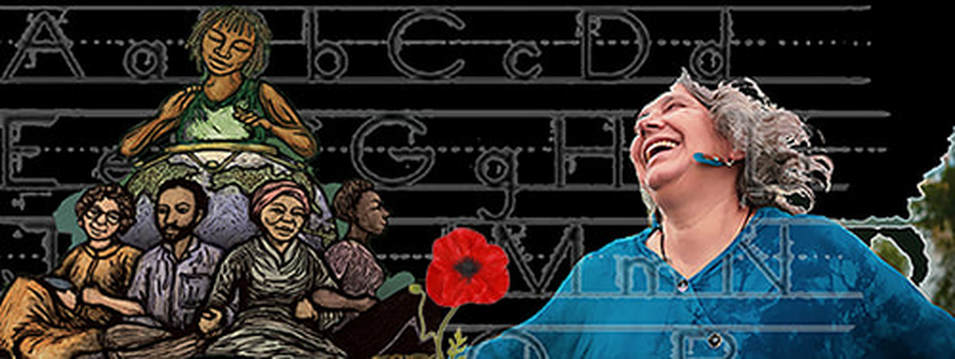
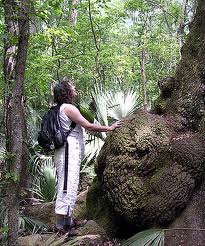
 RSS Feed
RSS Feed
